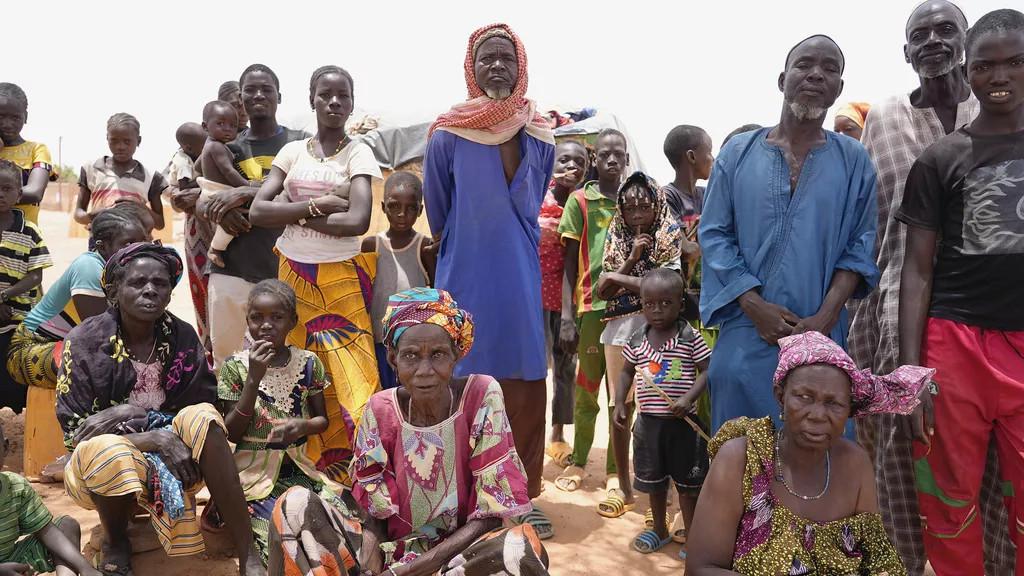
Burkina: more than 2 million displaced, humanitarian aid is slipping
Violence linked to Al-Qaeda and the Islamic State group has made Burkina Faso one of the fastest-growing internally displaced populations in the world, with the number of displaced people increasing by more than 2,000% since 2019, according to government data.
Figures released last month showed that more than 2 million people are internally displaced in West Africa, the majority of them women and children, fueling a serious humanitarian crisis. as the conflict has driven people from their homes, off their farms, and into congested urban areas or makeshift camps.
Aid groups and the government are scrambling to meet the lack of funds and growing needs. One in four people need help and tens of thousands face catastrophic levels of starvation. Yet, according to the United Nations, not even half of the $800 million budget requested last year by humanitarian organizations has been funded.
“The spectrum of consequences (for people) is wide but grim in every way. Many people are at risk of dying, and they are dying because they have not been able to access food and health services, because they weren’t properly protected, and because the humanitarian aid and government response wasn’t enough,” said Alexandra Lamarche, senior researcher at refugee advocacy group Refugees International.
The violence has divided a once peaceful nation, leading to two coups last year. Military leaders have promised to stem insecurity, but jihadist attacks have continued and expanded since Captain Ibrahim Traore took power in September.
Conflict analysts say the government controls less than 50% of the country, mostly in rural areas. Al-Qaeda and Islamic State-affiliated groups control or threaten large areas, said Rida Lyammouri, senior fellow at Policy Center for the New South, a Morocco-based think tank .
“The state security forces do not have the resources (human and material) to fight the two groups on all fronts,” he said.
The jihadists’ strategy of blockading cities, preventing people from moving freely and goods from flowing in, has aggravated the displacement crisis. Some 800,000 people in more than 20 cities are under siege, according to aid organizations.
“The situation is extremely difficult…. People don’t have food, children don’t have school,” said Bibata Sangli , 53, who left the eastern city of Pama . country, in January 2022, just before it was besieged. She still has family who can’t leave.
A community leader who met Jafar Dicko , Burkina Faso’s top jihadist, last year said Dicko’s group blocks towns that don’t accept its rules, such as banning alcohol and the obligation for women to veil their face.
In January, the United Nations began using Chinook heavy-lift helicopters to deliver supplies to areas inaccessible by road, an extremely expensive approach. The three Chinooks were reduced to one in May, making it more difficult to quickly access large numbers of people.
The deterioration of the humanitarian situation is accompanied by a reduction in the ability of aid groups to operate.
Since the military took control of Burkina Faso’s government in January 2022, incidents against humanitarian organizations perpetrated by security forces have increased from just one in 2021 to 11 last year, according to unpublished data. the aid groups that the Associated Press was able to consult. Incidents included the arrest, detention and injury of workers.
Source » africanews





